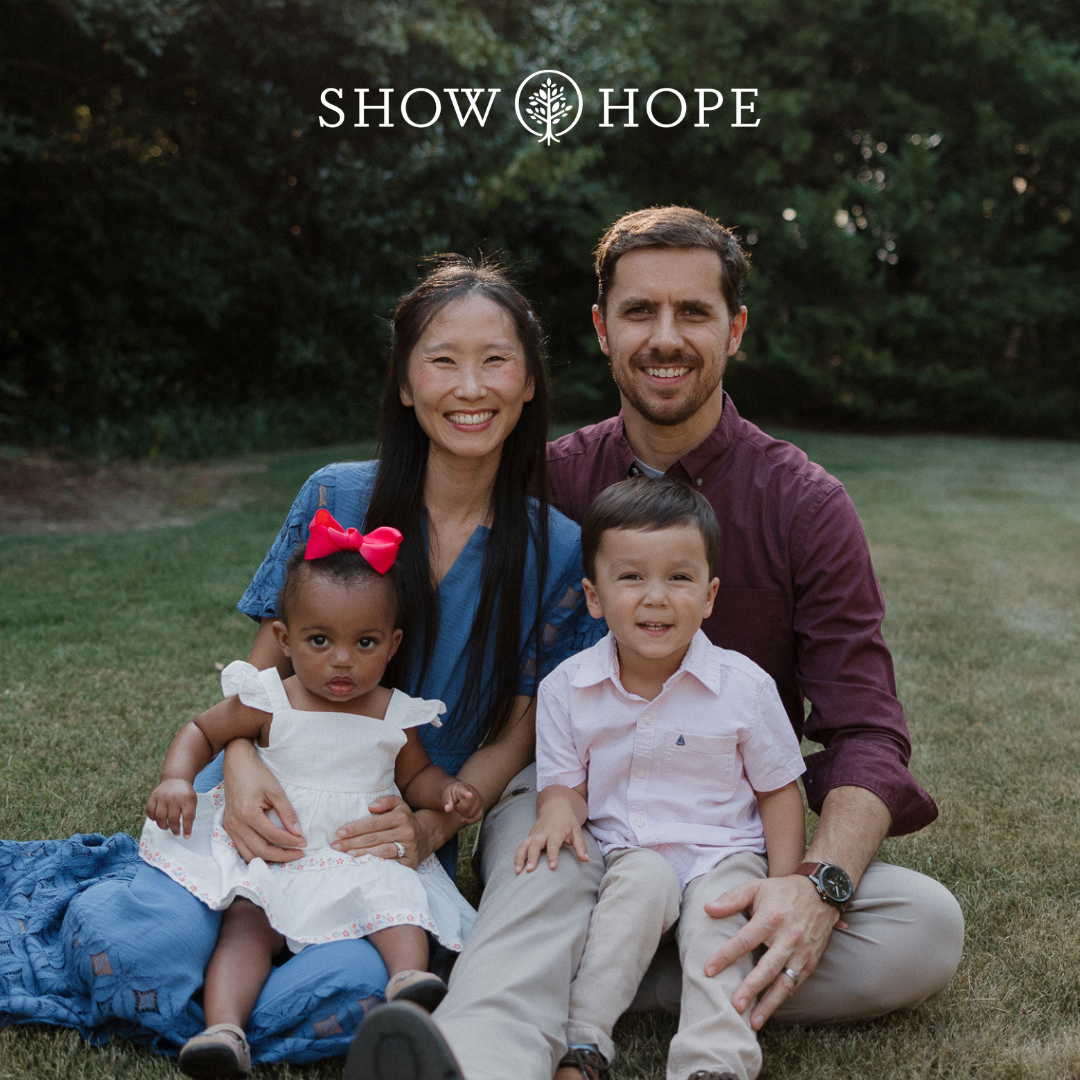10 Misconceptions About Adoption

It can be difficult to absorb the amount of information available addressing the complexities of adoption. Below, we have shed light on some common misconceptions (or myths) as you navigate these first steps.
MYTH: There are no orphans in the U.S.
TRUTH: There are thousands of children in need of the permanency of a loving family in the U.S. In fact, each year there are more than 20,000 infants born in the U.S. who are placed for adoption, and more than 120,000 children in foster care have had parental rights terminated and are waiting to enter a family through adoption.
MYTH: It’s always faster and easier to adopt internationally than from the U.S.
TRUTH: All adoption processes are unique, even among established programs, so it depends upon the specific parameters involved in the adoption.
MYTH: Personal wealth is a prerequisite for adoption.
TRUTH: While there are a number of variables that can contribute to adoption costs, families of varying socio-economic status open their homes each year to children through adoption. In light of adoption-related expenses, there are many resources available that can help bridge the financial gap families may experience in the adoption process. (For instance, learn more about Show Hope’s Adoption Aid grant program.)
MYTH: If you provide foster care for a child, you are not allowed to adopt that child.
TRUTH: While the goal of foster care is family reunification, it is sometimes possible to adopt a child who has been cared for in your home through foster care when family reunification is not possible.
MYTH: You cannot adopt a child you know personally or who is a relative.
TRUTH: Relatives of children who have had parental rights terminated are often considered a preferred placement for adoption or foster care in an effort to preserve the child’s relationship with his/her biological family—so long as they are able to provide for the child’s safety and well-being.
MYTH: Children who are adopted into families through foster care are no longer able to have relationships with their biological families.
TRUTH: When the court system has determined it to be beneficial and safe, children can have continued relationships with their biological families.
MYTH: It is not beneficial to keep sibling groups together when the children are adopted into a family.
TRUTH: Placing siblings together is generally the optimal outcome after being separated from biological parents. It helps provide continuity and alleviates the trauma of additional loss.
MYTH: You can’t adopt a child or sibling group from another state.
TRUTH: Currently, there are more than 120,000 children in foster care who have had parental rights terminated and are waiting for placement into a loving and permanent family. Often, children will be adopted by a family who lives in a different state. These adoptions may take longer but are not uncommon.
MYTH: A birth parent or other birth relative can regain custody of a child even after the adoption is finalized.
TRUTH: If the parents’ rights have been legally terminated, they cannot regain custody following the child’s adoption. Adoption is a legally binding agreement that is not finalized until both birth parents have had parental rights legally terminated by a court of law. It is rare that an adoption is challenged in court.
MYTH: You must be under the age of 40 in order to adopt.
TRUTH: While it is true that requirements differ based on the type of adoption being pursued, parents over the age of 40 are often among those who qualify to adopt.
Navigating the adoption process can be overwhelming, but there is help along the way. Show Hope’s HowToAdopt.org is a great resource with an invaluable amount of insight and knowledge—from the basics to post-adoption support. Remember, you are not alone on this journey.




